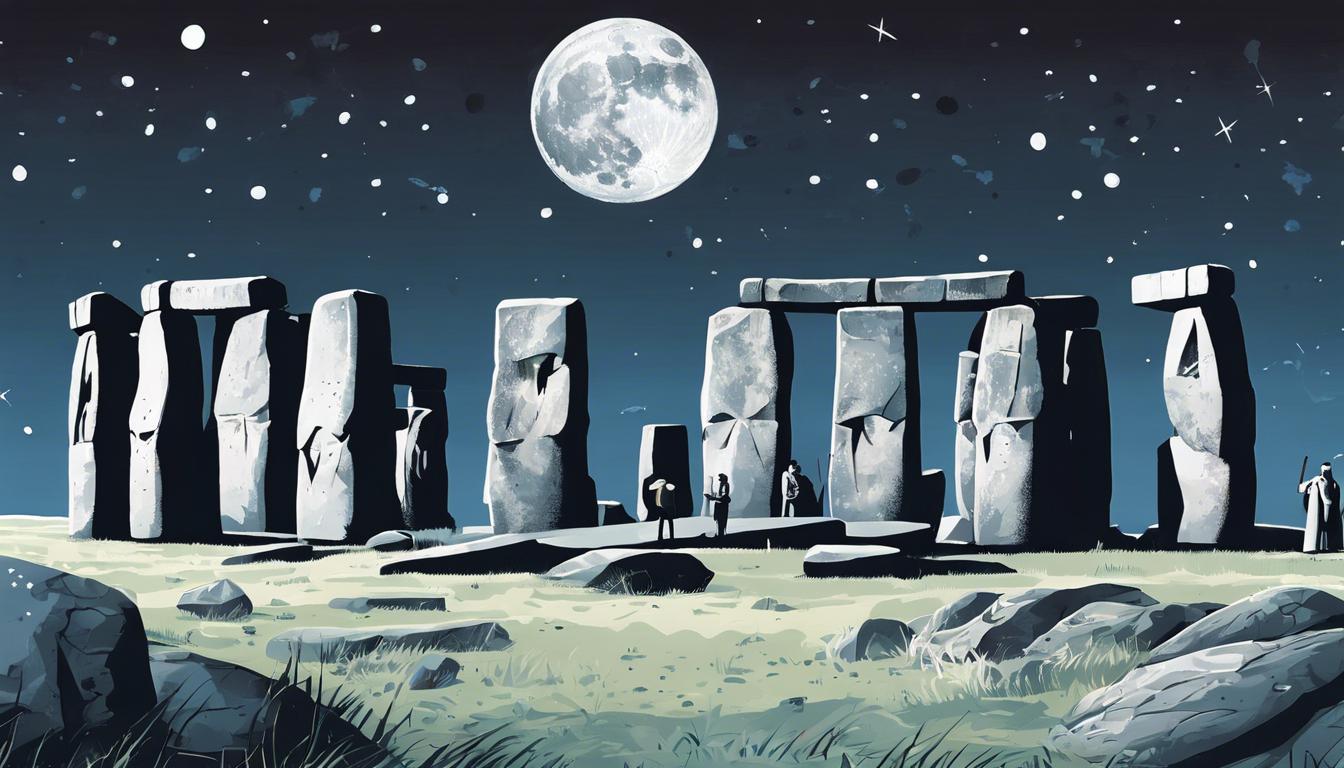English Heritage, along with top universities and the Royal Astronomical Society, investigates potential lunar influences on Stonehenge’s design, with public engagement opportunities through a livestreamed event.
English Heritage, in partnership with experts from several leading institutions, has initiated a comprehensive investigation to discern if Stonehenge’s design is influenced by lunar movements. High anticipation surrounds the ‘major lunar standstill,’ an event that occurs approximately every 18.6 years and is slated next for January 2025. Historically, Stonehenge’s alignment with the sun during solstices has been established, but its relationship with the moon, particularly during standstills, remains less clear.
Researchers from the universities of Oxford, Leicester, and Bournemouth, along with the Royal Astronomical Society, are integral to this project. A significant component of the research will include observing the ‘southernmost moonrise’ firsthand to ascertain any deliberate alignment with Stonehenge’s stones. To facilitate widespread engagement, English Heritage plans to livestream this event, providing an opportunity for public observation and interaction.
Complementarily, a recent study conducted using a 3D model of Stonehenge – dubbed ‘Stonehenge Lego’ – explored the acoustic properties of the structure. Led by Acoustical Engineer Professor Trevor Cox of the University of Salford, and detailed in the Journal of Archaeological Science, the findings revealed that sounds within the circle would have resonated in a manner suggesting its use as an intimate ceremonial or funerary space. Techniques such as laser scanning and 3D printing were instrumental in this discovery, underscoring the blend of ancient construction with modern technology in ongoing research.
Collectively, these initiatives aim to deepen understanding of Stonehenge’s architectural and ceremonial significance, particularly in relation to celestial events. The insights gleaned from these investigations are hoped to illuminate the ancient purposes and practices associated with this iconic monument.













